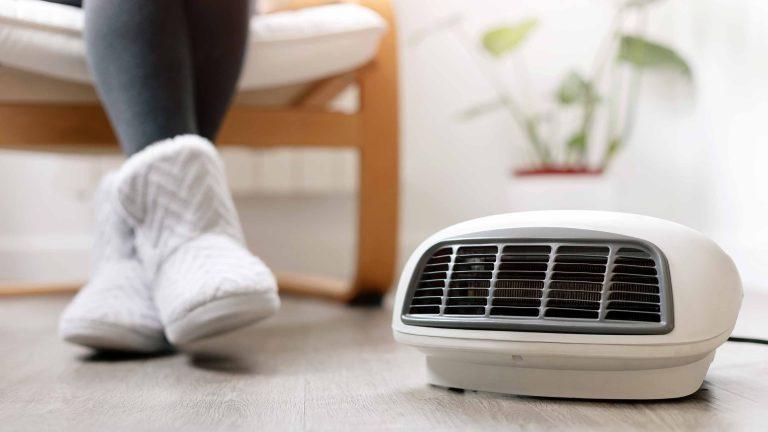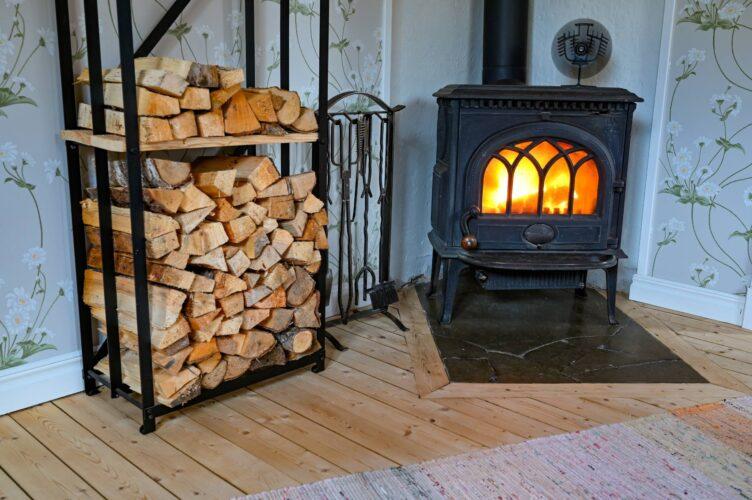
Your heating oil tank is a critical component of your home’s heating system, especially during the colder months when you rely on it to keep your home warm and comfortable. Regular maintenance not only ensures your system operates efficiently but also extends the life of your tank and prevents costly repairs or safety hazards. Here’s a comprehensive guide on how to maintain your domestic heating oil shropshire tank for optimal performance.
1. Inspect Your Tank Regularly
Regular inspections are key to catching potential problems early. Here’s what to look for:
- Rust or Corrosion:Check for signs of rust, particularly on older metal tanks. Rust weakens the structure and can lead to leaks.
- Cracks or Dents:These can compromise the integrity of your tank and may indicate a need for immediate repair or replacement.
- Oil Stains:Stains around the tank or on the ground may signal a leak.
- Vent and Fill Caps:Ensure the caps are secure and free of blockages, as clogged vents can lead to pressure buildup inside the tank.
Perform these checks at least once a month, or more frequently during heavy usage periods.
2. Monitor the Oil Level
Keeping an eye on your tank’s oil level helps ensure you never run out of fuel. Use a reliable oil gauge to check levels regularly and refill before it gets too low. Allowing the tank to run dry can cause sludge buildup in the system and may even damage your furnace.
3. Schedule Annual Professional Maintenance
While monthly self-inspections are important, hiring a professional technician for an annual check-up is essential. A technician will:
- Test the tank for leaks or weak spots.
- Inspect and clean the fuel lines.
- Replace filters, if needed.
- Ensure the tank is securely mounted and properly aligned.
This annual maintenance ensures your system operates safely and efficiently.
4. Prevent Sludge Buildup
Over time, sediment and sludge can accumulate at the bottom of your tank. This buildup can clog filters, reduce efficiency, and even cause damage to your heating system. Here’s how to prevent it:
- Schedule Regular Cleanings:Have your tank professionally cleaned every few years, especially if it’s older.
- Use Additives:Fuel additives can help break down sludge and improve the quality of your quality domestic heating oil.
- Refill Before Winter:Keeping your tank full minimises the amount of air inside, reducing condensation and the risk of sludge formation.
5. Protect Against Corrosion
Corrosion is a common issue, particularly for outdoor tanks exposed to the elements. To prevent this:
- Apply a Protective Coating:Rust-resistant paint or coatings can shield the tank from moisture and other environmental factors.
- Install a Tank Cover:A cover can protect your tank from rain, snow, and ice, reducing the risk of rust.
- Check for Water Accumulation:Water can enter the tank through condensation or leaks and lead to corrosion. Have your technician drain any water during regular maintenance.
6. Secure Your Tank’s Location
Proper placement is essential for your tank’s longevity and safety. Ensure your tank:
- Is installed on a sturdy, level surface to prevent shifting or tilting.
- Is located in an area with good ventilation.
- Is kept away from trees or shrubs that could damage it over time.
For outdoor tanks, consider installing a barrier to protect it from accidental damage, such as from vehicles or equipment.
7. Be Aware of Weather Impacts
Extreme weather can affect the performance of your heating oil tank:
- Freezing Temperatures:Add a fuel stabilizer to prevent your oil from gelling in cold weather.
- Heavy Snow:Clear snow and ice from around your tank to prevent damage to the vents or fill pipe.
- Flooding Risks:If you live in a flood-prone area, ensure your tank is securely anchored to prevent movement or damage during floods.
8. Upgrade When Necessary
If your tank is old, damaged, or showing signs of wear, it might be time to upgrade to a new one. Modern heating oil tanks are designed with advanced materials that are more resistant to corrosion and leaks, ensuring better performance and safety.
Signs it’s time to replace your tank include:
- Frequent repairs or leaks.
- Visible rust or significant corrosion.
- A tank that’s more than 20 years old.
9. Follow Local Regulations
Many regions have specific rules and guidelines regarding heating oil tanks. Ensure your tank meets local codes and requirements to avoid penalties or safety hazards. A licensed professional can help you navigate these regulations.
10. Stay Proactive
Finally, staying proactive is the best way to ensure your heating oil tank’s optimal performance. Regular maintenance, monitoring, and professional servicing can save you money and prevent unexpected breakdowns during the cold months.
Final Thoughts
Maintaining your heating oil tank doesn’t have to be complicated, but it does require consistency. With proper care, your tank will operate efficiently and safely, providing reliable heat for your home when you need it most. If you’re unsure about your tank’s condition or need professional assistance, don’t hesitate to contact a trusted heating oil service provider. Taking these steps today will help you enjoy a warm, worry-free winter season.







